Wine Enthusiast |
| From Floral to Flinty, The Indigenous White Wine Grapes of Southern Italy Posted: 10 May 2021 04:30 AM PDT  Some of Italy's most fascinating white wines are made in Campania, in the country's south, and on two main islands, Sardinia and Sicily. There, millennia-old native grapes dominate. Scrupulous vineyard management and modern vinification methods yield inimitable, savory white wines loaded with personality. Discover southern Italy's best whites made with indigenous grapes. 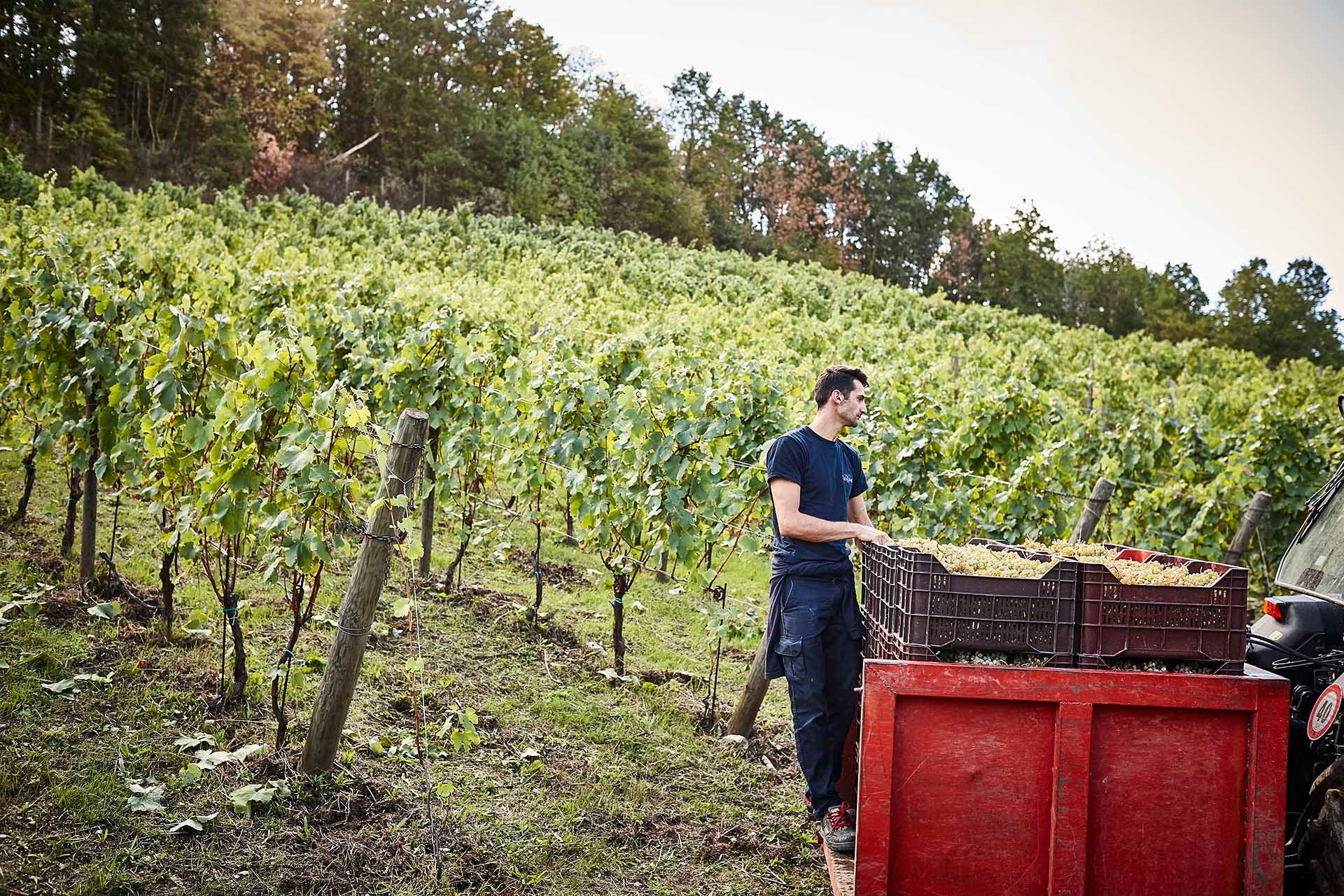 FianoRegion: CampaniaFiano is most associated with Campania, where it's widely grown. Native to the region, the grape produces structured whites that range from medium- to full-bodied and have beeswax and floral aromas. Their rich orchard fruit flavors are often accented with compelling, smoky mineral sensations, honey, aromatic herb and hazelnut. The best have great energy as well as intriguing complexity. To maintain freshness and aromas, Fiano producers most often vinify in steel tanks. The grape thrives in the hilly district of Irpinia, around the town of Avellino, where wines from the Fiano di Avellino DOCG (Denominazione di Origine Controllata e Garantita) yield mineral-driven versions that possess great aging potential. While Fiano's acidity isn't as high as the pronounced acidic backbone of Greco, it's still notable, especially when grown in high-altitude vineyards. Suggested producers: Feudi di San Gregorio, Mastroberardino, Villa Raiano 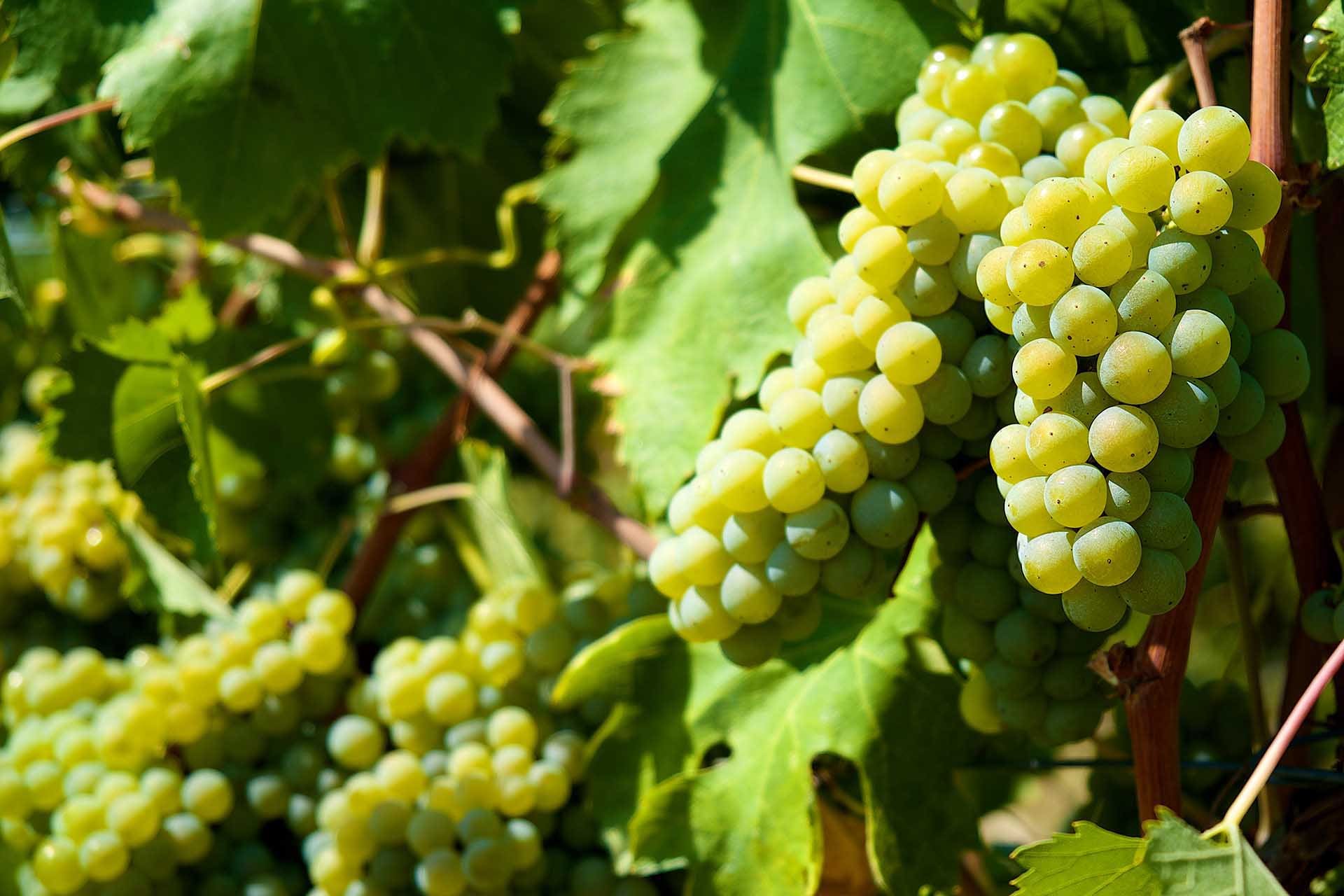 GrecoRegion: CampaniaGreco stands alongside Fiano as one of Southern Italy's most noble white grapes. It's mainly from the Greco di Tufo DOCG, an area rich in sulfur that has chalky top soils and volcanic rock subsoils, as well as a cool climate with frequent rainfall. The wines have crisp acidity, flinty minerality and intense flavors that include peach and citrus. They're chock-full of complexity and finesse. The grape's extremely long growing season further generates complexity, and top bottlings show good mid-term aging potential. Suggested producers: Cantine di Marzo, Feudi di San Gregorio, Mastroberardino 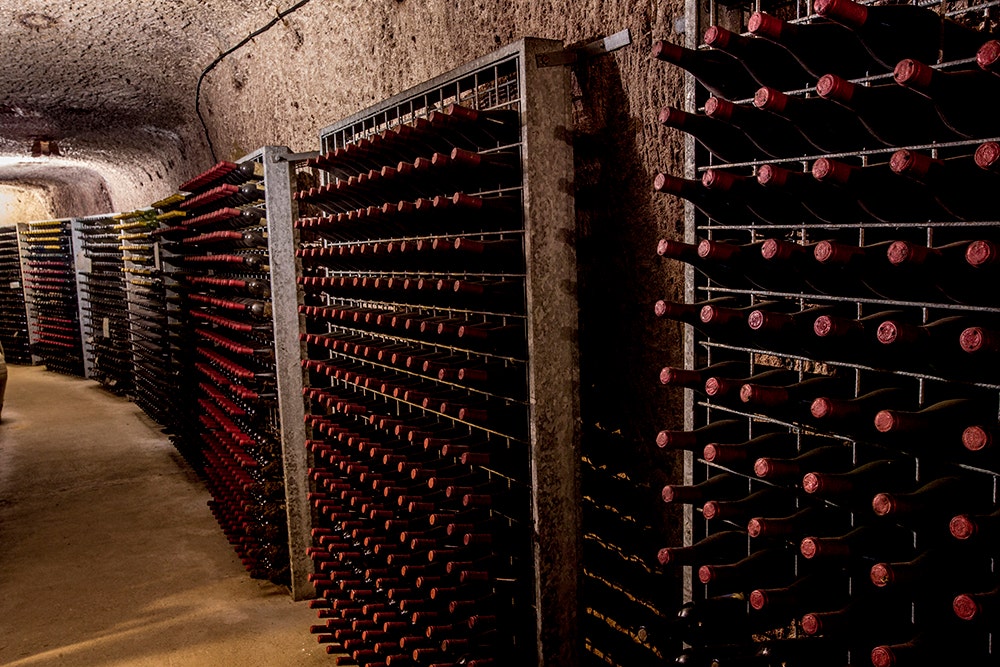 FalanghinaRegion: CampaniaFalanghina produces dry wines with tropical fruit and floral flavors, as well as structure and freshness. There are two distinct biotypes: Falanghina Beneventana, used in Falanghina del Sannio DOC (Denominazione di Origine Controllata), which also has four subzones; and Falanghina Napoletana, the grape in the Campi Flegrei DOC. Each varietal wine has different characteristics, as do their respective growing zones. Vineyards in the Sannio denomination have higher altitudes, and calcareous and clay soils. The vineyards in Campi Flegrei, near Naples, are closer to sea level and have sandy, volcanic soils. Falanghina del Sannio has more structure and high acidity, while Campi Flegrei are lighter-bodied and crisp, with saline mineral notes and more floral fragrances. Suggested Producers: La Rivolta, La Sibilla, Mustilli VermentinoRegion: SardiniaKnown as Pigato in Liguria, and Favorita in Piedmont, Vermentino is cultivated along the mainland coast, but it's most associated with the island of Sardinia. For centuries, Vermentino was grown mainly in Gallura, on Sardinia's northern tip, where it thrives in windswept vineyards. It's no coincidence that Vermentino di Gallura is Sardinia's only DOCG. Vermentino doesn't have the racy acidity of most Italian whites, and Sardinia's expressions range from round and fruity to linear and mineral-driven. Vermentino di Gallura is elegant, structured and full-bodied. It offers notable mineral, almond and Mediterranean brush sensations and savory saline notes. Suggested producers: Capichera*, Pedres, Vigne Surrau. 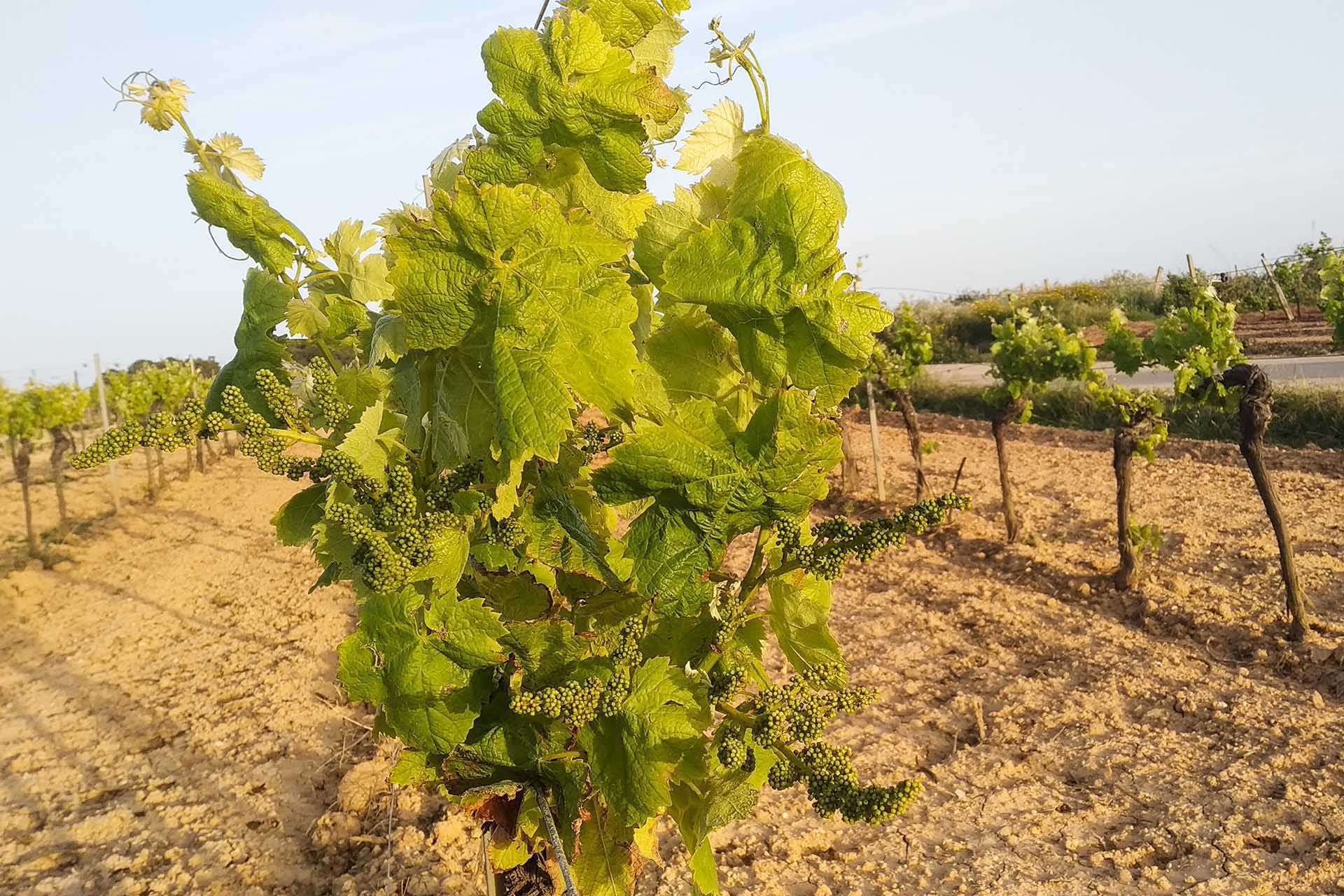 CatarrattoRegion: SicilyThe most planted grape in Sicily, Catarratto can make fresh, soft, medium-bodied wines. Often divided into two distinct types, Catarratto Bianco Comune and Catarratto Bianco Lucido, studies suggest they're clones of the same grape variety, Catarratto Bianco. DNA research revealed that Catarratto has a parental relationship to Garganega, of Soave fame. Innovative winemakers prove this oft-disregarded variety can make fresh, savory wines with good body. Skin maceration and aging for several months on the lees create aromas of spring flowers and intense flavors of lemons, orange zest and a pleasantly bitter almond aftertaste. Suggested producers: Caruso & Minini, Gorghi Tondi, Tasca d'Almerita GrilloRegion: SicilyA crossing of native grapes Catarratto and Moscato d'Alessandria (Zibibbo), Grillo was once used exclusively to produce Marsala, Sicily's famous fortified wine. Thanks to experiments with white winemaking, Grillo is now one of the best-known Sicilian wines. Usually labeled as Sicilia DOC, Grillo is made in a range of expressions. Lighter styles make a great aperitivo that offers floral aromas and tangy citrus flavors. More aromatic versions deliver passion fruit, grapefruit and herbal sensations reminiscent of Sauvignon Blanc, while lees contact and barrel aging create complex, mineral-driven wines with apple, peach and citrus flavors. Suggested producers: Alessandro di Camporeale, Baglio del Cristo di Campobello, Tasca d'Almerita CarricanteRegion: SicilyThe queen of Etna's whites, Carricante can produce vibrant, mineral-driven wines featuring notes of citrus blossom, Meyer lemon, white stone fruit and star anise, alongside bright acidity. Some producers add grapes like Catarratto to boost body, but a growing number of winemakers create varietal selections. The best are focused and racy, with remarkable finesse and precision. Thanks to volcanic soils and high-altitude vineyards, they feature an almost pristine purity and offer good midterm aging potential. Suggested producers: Planeta, Tornatore, Torre Mora InzoliaRegion: SicilyAnother historic white Sicilian grape, Inzolia, or Insolia, is also found in coastal areas of Tuscany, where it's called Ansonica. Famed as one of the three key grapes for Marsala production, it's often blended in Sicily with Catarratto and Grillo. Known for its mild acidity, harvest timing and site selection are crucial to create the best Inzolia expressions. When made with precision, Inzolia can yield bright wines with white stone fruit, salinity and nutty flavors. Suggested producers: Feudo Montoni, Marilena Barbera, Sallier de la Tour  Grecanico and ZibibboRegion: SicilyPlanted across Sicily, Grecanico, also called Grecanico Dorato, is a late-ripening grape that makes wines featuring floral aromas, apple, pear and lemony flavors. They have soft textures energized by tangy acidity and savory saline notes. According to DNA testing, the variety is identical to northern Italy's Garganega, the main grape found in Veneto's Soave. Also called Moscato d'Alessandria, Zibibbo has been cultivated in Sicily since Phoenician times. Found mostly in the Trapani province, it was enjoyed historically as a table grape. It's used traditionally to make sweet, aromatic wines like Passito di Pantelleria that feature honey, figs, nuts and dried apricots, balanced by good acidity. A handful of wineries now make dry, crisp versions that are highly aromatic, with citrus, yellow peach and white rose aromas. Suggested producers: COS (Grecanico), Donnafugata (Zibibbo) |
| ‘It Was a Fight. It’s a Fight to This Day’: Environmental Activism in Napa Valley Posted: 10 May 2021 04:00 AM PDT  When Mary Ann McGuire landed in Napa Valley as a 20-year-old in 1960, she felt a special connection to the area. "We saw it as a bountiful garden," she says. "I felt this sense of power that came from the land…For me, it carried a spiritual imprint that a mother feels towards a child that you want to protect." For her first few years in the Valley, McGuire, who had moved to the region with her new husband, cattle rancher George Gamble, saw no reason to act on that protective instinct. But in the mid-60s, California entered an era of development. And as more agricultural acreage gave way to subdivisions and shopping centers, the grape growers, farmers, ranchers and residents of Napa County began to feel the pressure of what that development might mean for the region.  For McGuire, that pressure first came to a head in 1965, when the United States Army Corps of Engineers stripped away the vegetation along the banks of Conn River, which ran straight through their ranch. It was replaced by a lining of concrete. When McGuire learned the same concrete fate was destined for each regional waterway, she wouldn't stand for it, and neither would her neighbors. The community, connected by phone calls and door-to-door outreach, opposed the waterway project along with the development of a six-lane highway through Mt. St. Helena proposed by California Department of Transportation. Together, McGuire and others got both plans quashed. Napa Valley's residents back then saw a future of land covered in greenery and grapevines, but they also identified the fragility of that vision. "We understood that maybe we got a freeway off [the] books, and the river thing defeated for the time," says McGuire. "But nothing was going to stop the developers from coming up here." They had seen it happen just miles away in Santa Clara Valley. "In the mid-60s, Santa Clara Valley had pretty well been on its way to extinction as a place for grape growing," says Warren Winiarski, famed Napa Valley winemaker and the founder and former proprietor of Stag’s Leap Wine Cellars. In fact, Santa Clara Valley had more than 100,000 acres of orchards in 1940. That diminished to under 6,000 acres by 1990, according to Napa Valley Grapegrowers, a trade organization built to preserve and promote the region's vineyards. "The idea in Napa was to avoid that destiny and seek to preserve agriculture as a way of life," says Winiarski. So, community members brainstormed a way to keep Napa's land for farming. "We thought, 'How can we enact some legislation that will write that into law and then protect it? How can we preserve this wonderful valley for agriculture?'" says McGuire. 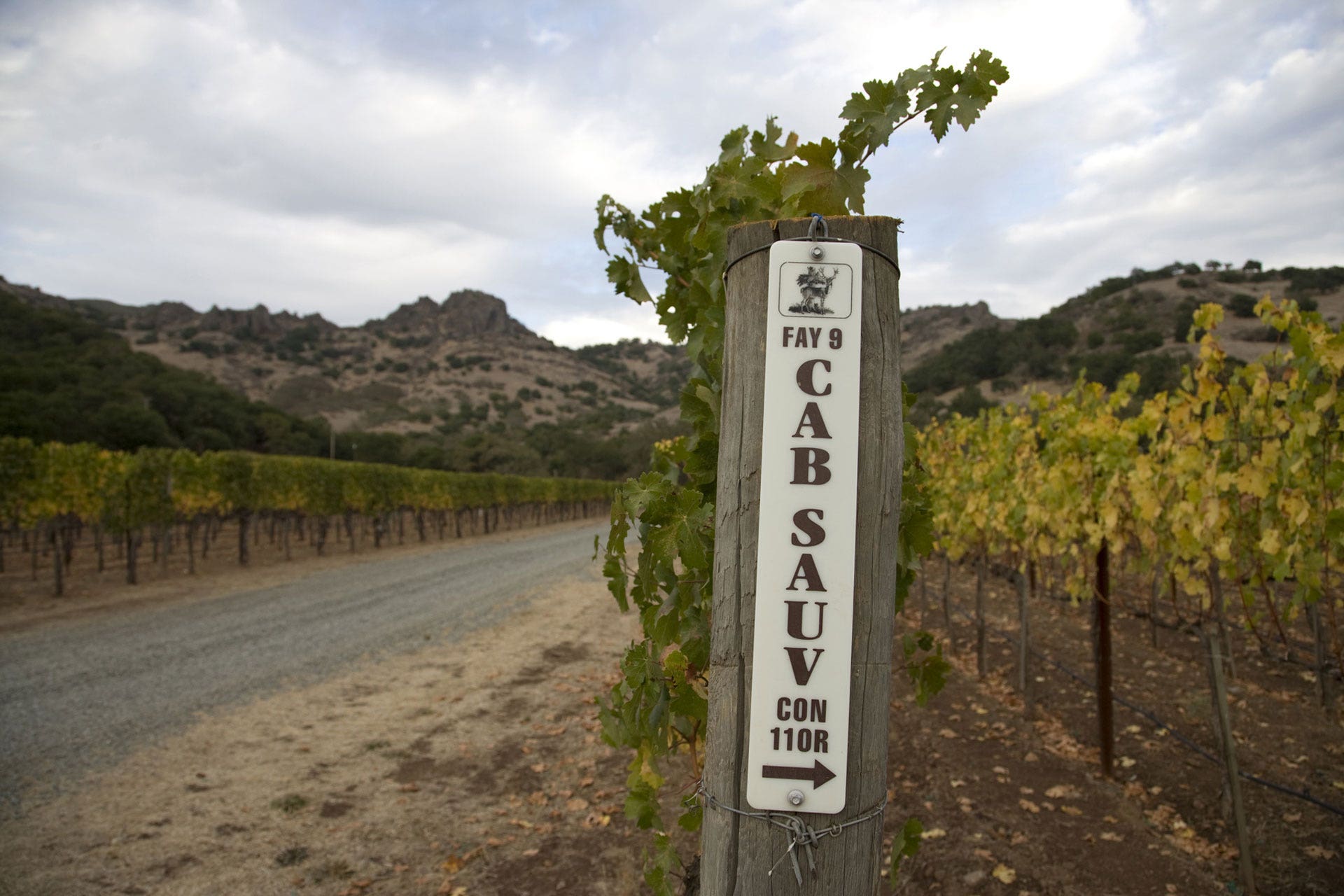 The answer was the Napa Valley Agricultural Preserve, a set of zoning laws enacted in 1968 to protect agricultural areas. The first legislation of its kind in the U.S., it declared that agricultural use was the best fate for Napa's fertile foothills. Initially, the Ag Preserve protected 23,000 acres of land, a number that has since increased to more than 38,000 acres. Agriculture is the only commercial activity allowed on the protected lands. The Preserve also prohibits land being broken down to less than 40 acres, which prevents subdivisions and future development, according to Napa Valley Grapegrowers. "I have nothing against subdivisions, but houses you can have anyplace," says Winiarski. "There’s only a few places with potential for the great beauty in the fruit and the wine that’s made here." The whole community needed to get on board with the project. A committee was formed, chaired by Jack Davies, winemaker of Schramsberg at the time. Everyone had a role to play. For Winiarski, a Napa newcomer at the time, that meant going door-to-door in the area he lived, Angwin, to advocate for the preserve. "Since I lived up there, I was given the responsibility of getting that community, Pacific Union College, and the president of the college [to support the movement]," he says. But not everyone backed it. Unlike the highway and waterway issues, which McGuire says unified many across the valley, the Ag Preserve saw some backlash. "There was much local consternation," says Ren Harris, founder of Napa Valley Grapegrowers and past president and owner of Paradigm Winery. "You know, those who didn’t like people telling them what they can do with their land." Harris was an avid supporter of the initiative and attended every hearing held by the Planning Commission and Board of Supervisors. Ultimately, it passed both boards unanimously, he says. But even in success, the growers saw the need to strengthen the protection to prevent it from being chipped away over time or challenged by future governments. At the Ag Preserve's inception, Napa Valley wasn't the internationally respected wine region it is today. "The only way we could preserve the valley was to make the world-class wine," says McGuire. "We had to become a Bordeaux, a Burgundy. We had to develop this wine industry." When the Ag Preserve was implemented in 1968, Napa Valley had 14,000 acres of vineyards. By 1975, that swelled to 24,000 acres. That next year brought the now-legendary "Judgment of Paris," where Stag's Leap Wine Cellars' 1973 Cabernet Sauvignon, crafted by Winiarski, and a 1973 Chardonnay from Chateau Montelena won first place. It was a first for California, and it exemplified the quality of wine that Napa Valley could produce. Since the Ag Preserve's inception, not a single acre of protected agricultural land has been converted to urban use, according to the Napa Valley Grapegrowers. In Napa, the preservation mindset seems to have been passed down like much of the land itself. The next generation of Napa Valley growers, like Tom Gamble, an Oakville-based vintner, McGuire’s son, have taken the mantle. In 1990, the younger generation pushed through an ordinance known as Measure J, which required a referendum to convert protected agricultural land to nonagricultural use, rather than by a vote by the Board of Supervisors. This move was expanded in 2008 by Measure P, which significantly strengthened the integrity of the Ag Preserve until at least 2058. "This love of the land, my mom and my dad and my other forebears passed that on to us and really led by example," says Gamble. "So, I think that’s why you still have the Farm Bureau and the vintners and other organizations wanting to work so hard to preserve this place."  Gamble, who counts sustainability as a core value of his Gamble Family Vineyards, learned by the example of his parents and their peers not to take Napa Valley for granted. "People think it just happened or it’s always been like this, and it hasn’t," he says. "It was a fight. It’s a fight to this day." The consensus among Napa Valley's grape growers is that without the Ag Preserve, the region's fertile land would be paved over and populated. "I firmly believe that without the Ag Preserve, Napa Valley would probably not be much of a factor in the world of wine today," says Harris. "We have to think about things that support that preservation, which means looking forward, anticipating problems, taking account of limitations and acting in a way to continue making the beautiful wines that we have in the past," says Winiarski. "I feel to the extent that I’m able, I should continue to make whatever contribution I can to that same cause that I worked for in the beginning, to avoid things that would diminish the valley’s ability to go on into the future." |
| You are subscribed to email updates from Wine Enthusiast. To stop receiving these emails, you may unsubscribe now. | Email delivery powered by Google |
| Google, 1600 Amphitheatre Parkway, Mountain View, CA 94043, United States | |















0 comments:
Post a Comment